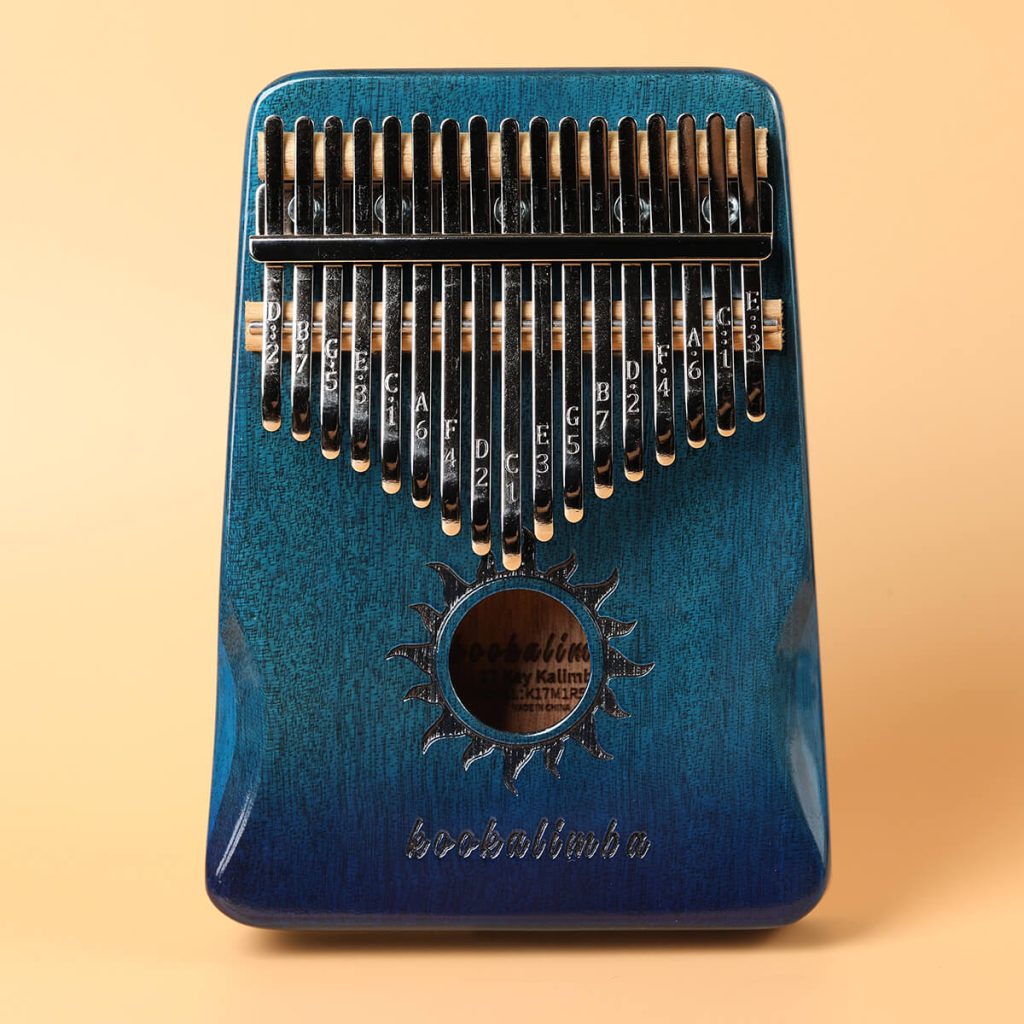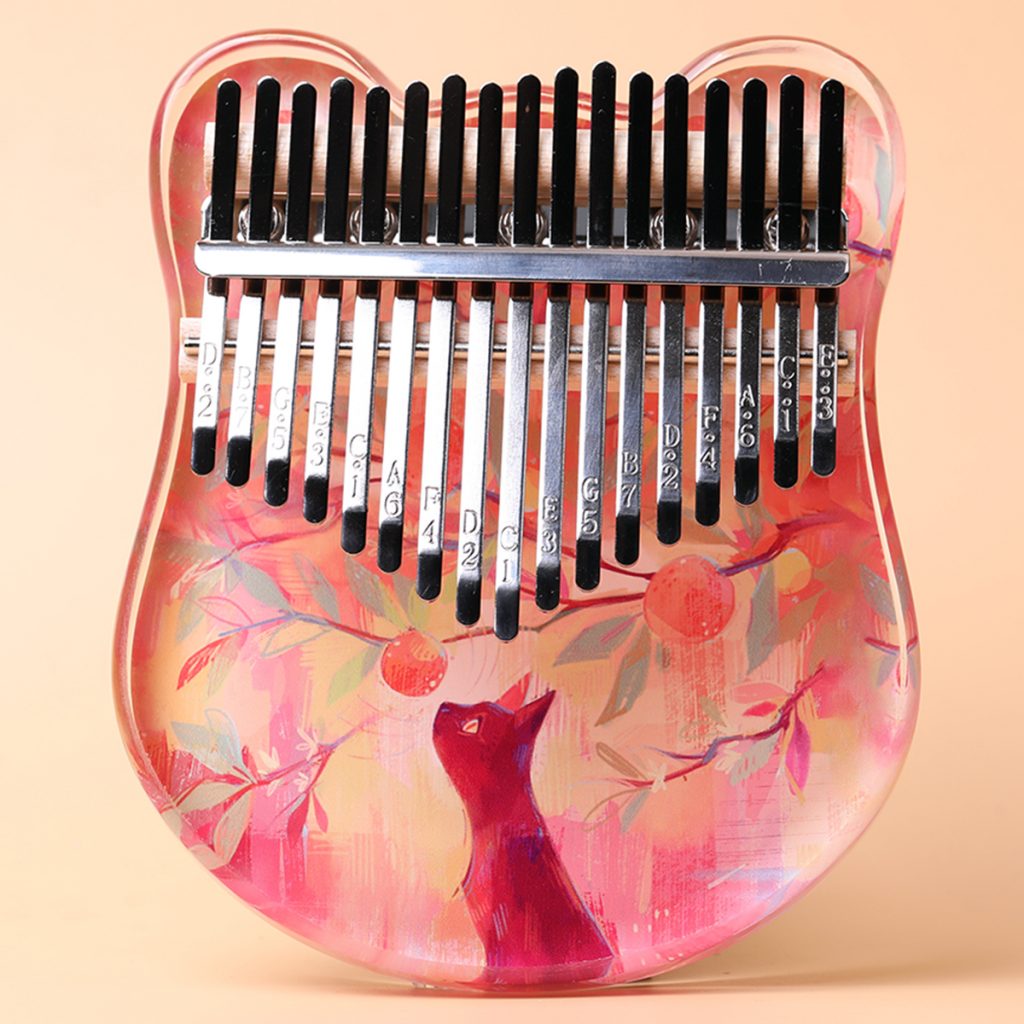When you start to play the Kalimba, it is very important to know how to buy the best kalimba for you, since the quality of the kalimba instrument also affects the quality of the sound that the instrument produces. That is why we will show you how to know which kalimba should I buy as a beginner.
Consider these tips before ordering your first Kalimba instrument to avoid paying more than you need to and having to replace a poor kalimba that you got for a low price, causing you to spend more than you should.
Before You Buy A Kalimba.
The Kalimba is a basic instrument that is simple to learn yet difficult to master. Having a decent Kalimba would greatly assist you in learning to play Kalimba. We will show you some tips on what to look for when buying your first Kalimba.
Kalimba Buying Tips
- Choose a Wooden Kalimba
- Sound Hole or not?
- Buy a Mid-Range Quality Kalimba
- Know what a good Kalimba Sounds Like
- Grow Your Thumbnails
1. Choose A Wooden Kalimba

Kalimbas may be purchased with either a wooden kalimba or acrylic kalimba.
For your first Kalimba, it’s best to stay with wooden kalimbas. Although plastic or acrylic Kalimbas might be excellent, nothing compares to the resonance and overall ‘feel’ of a wooden instrument.

2. Hollow kalimba VS Flatboard kalimba?
You can get wonderful kalimbas with or without sound holes, so it’s a matter of personal preference and aesthetics.
Hollow Kalimba
The benefit of having a sound hole on a Kalimba is the higher sound volume, create the low and mellow sound from the resonance.
The sound is naturally magnified in the chamber formed by the box design, and with experience and expertise, you can create wah wah sound or vibrato sound by moving your fingers quickly back and forth towards the back sound holes.
Flatboard Kalimba
Flat board kalimbas are usually smaller and easier to hold, and they are far more durable than hollow Kalimbas due to their more robust structure.
A strong foundation Kalimba is definitely your best pick if you are prone to dropping items or are buying a kalimba for a kid.
3. Buy a Mid Price Range Kalimba
You’re probably reading these Kalimba buying tips for kalimba beginners because you’re looking into purchasing a Kalimba instrument for the first time. Choosing a mid-range priced instrument is perhaps one of the most significant recommendations in this guide.
Buying Cheap Kalimbas
When you buy cheap kalimbas, and by cheap kalimbas, we mean instruments that cost less than $25, you nearly always get a Kalimba that is built of low-quality materials.
This will affect the resonance of the tines as well as how long they will endure after being played often. Actually, when you’re a beginner, you’re more likely to play a lot, which is one of the main reasons you shouldn’t get a cheap kalimba.
Furthermore, even if you play beautifully on the kalimba, it will not sound as well as it should.
This may cause you to doubt your ability to play Kalimba properly and give up when a higher-priced Kalimba would have sounded much better and encouraged you to continue studying and developing your technique and playing skills.
Buying Expensive Kalimbas
It is feasible to spend a significant amount of money on a Kalimba, and they do have a place in the market. However, if you’re thinking of getting your first kalimba, we don’t think you’ll get the most out of one of them.
A mid-priced Price Kalimba instrument will be ideal for you, particularly if you have no prior musical instrument knowledge. Only until your skill and ear for music are such that you can understand and enjoy the complexities of better quality materials and larger price tags will you see the benefit in spending an extra $100 on a Kalimba.
If you’re buying your first Kalimba but have a lot of expertise with other instruments, there is an exception. In this circumstance, one may anticipate you to progress at a much faster rate and be able to perceive and value the differences in the instrument’s sound quality, resonance, and tone.
What Price Is An Expensive Kalimba?
A Kalimba that costs $100 or more is called an expensive Kalimba. Anything over $60 is considered expensive too, and for your first instrument, you can buy a perfectly good Kalimba in that price range.
Of course, pricing is relative to your financial condition. $100 may be very expensive for one person but not for another.
You can acquire nice Kalimbas for much less than $100 that sounds fantastic, but as your expertise as a musician or kalimba player improves, you may want to scale up to the upper end of the price range to ‘enjoy’ the added build quality and materials utilized.

As an acrylic kalimba, The sound of the Kookalimba K17A is beautiful and crisp. As for ease of learning, easy for beginners.
4. Know What A Good Kalimba Should Sound Like
When you receive your Kalimba, take it out of the box, and play it for the first time, it’s critical to know what it should sound like.
If you’re not paying attention, you might have dull-sounding tines, or even worse, buzzing or dead tines, and not even realize it.
Every note on your kalimba should be able to be heard and resonate clearly. Dead tines or buzzing will degrade your instrument’s overall tone quality.
If your Kalimba thumb piano doesn’t sound as well as it could, you may lose enthusiasm to study more, which would be a waste of time because you may become a great Kalimba player in a very short period.
5. Grow Your Thumbnails
It’s not necessary to have long nails on your thumbs to play the kalimba thumb piano, but it might help when you’re just getting started and learning the basics.
It will be considerably simpler if you have lengthy thumbnails that allow you to pluck the notes with your nail instead of the end of your thumb.
You can switch to having shorter thumbnails as your skill improves, but many kalimba players, once experienced, choose to maintain their thumbnails short so they can play with either the nail or the end of the thumb for a softer sound.
